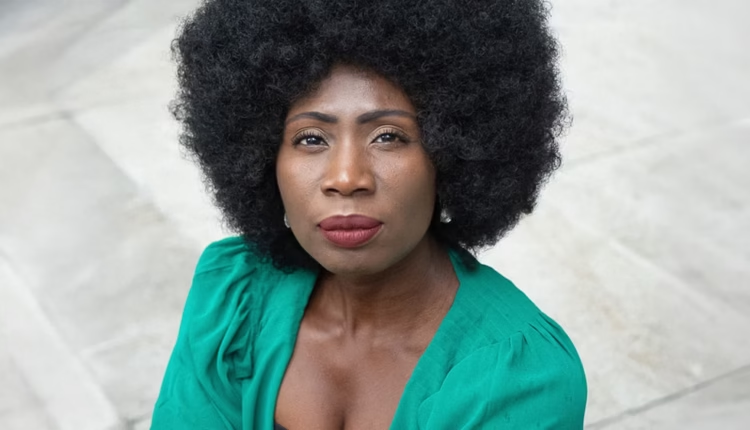The Green Ceiling: The Gender Double Standard in Coffee Sourcing
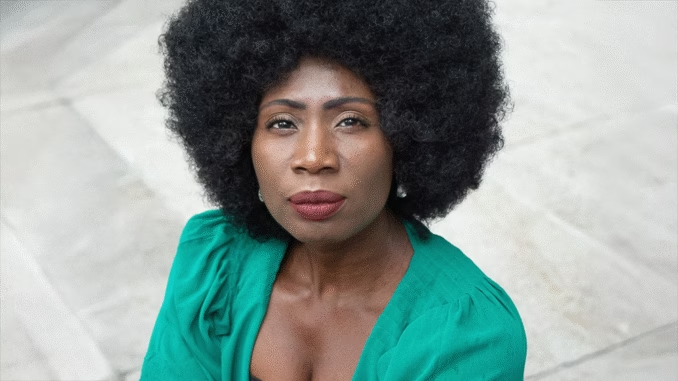
10 women from across the green coffee sector speak out against the industry’s long-standing gender inequities.
BY SARAH CHARLES
FOR BARISTA MAGAZINE
Featured photo: Caron Elizabeth Morgan of Birdy’s Daughter Coffee in Toronto, Canada. Photo courtesy of Caron Morgan.
At a trade show, Casey LaLonde, co-founder of Girls Who Grind Coffee—a fun, feminist, irreverent coffee brand that has become iconic—was approached by a man wearing a smirk. “Do you actually make money from this?” he sneered. Before she could respond, he walked away, snickering, “Guess it’s nice to have a hobby.” It was an all-too-familiar moment, one that encapsulates the deeply ingrained gender bias in the green coffee space.
Women in green coffee trading jobs navigate an unspoken double standard, one that questions their credibility, challenges their authority, and scrutinizes their expertise repeatedly. Despite decades of experience, they are expected to prove themselves in ways their male counterparts never have to. This double standard is the norm for most women across most fields. The coffee industry, however, is particularly male-dominated, and within that, the green coffee space is the ultimate “boys’ club.” I was never more acutely aware of this than when I moderated a panel at the Swiss Coffee Trade Association conference. When I looked up, about 90% of the room was male, and when I pointed it out, the silence was only broken by the uncomfortable shuffling of feet.
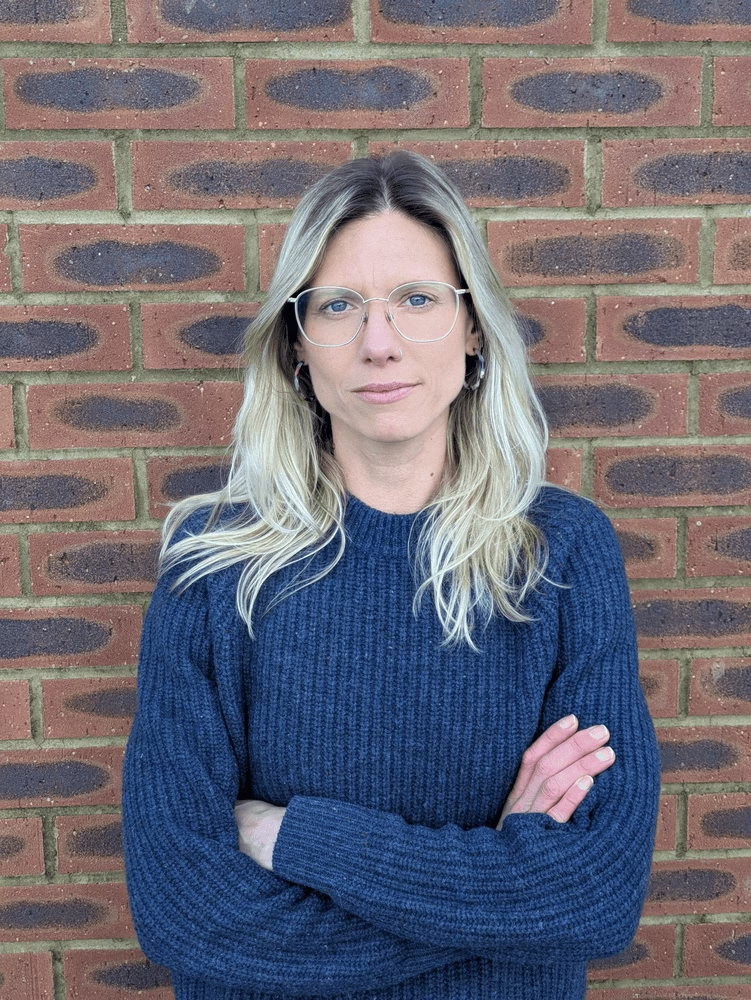

Elisabeth Volant, former sales manager at Algrano, summarizes the problem perfectly: “Building a network is tough at first. I met some great, genuinely helpful people along the way. But I also remember moments where I felt like an outsider, like I didn’t belong in the cool boys’ club. It’s not that my job is impossible as a woman, but it’s just a bit harder, a bit more of a fight to exist in the eyes of clients.” It’s like entering a race at a disadvantage, but no one is allowed to mention it.
This article presents the voices of 10 women from across the green coffee sector of our industry. They are buyers, sellers, exporters, and importers, and they have all experienced the sexism embedded in the system and the extreme lengths they must go to in order to survive and succeed.
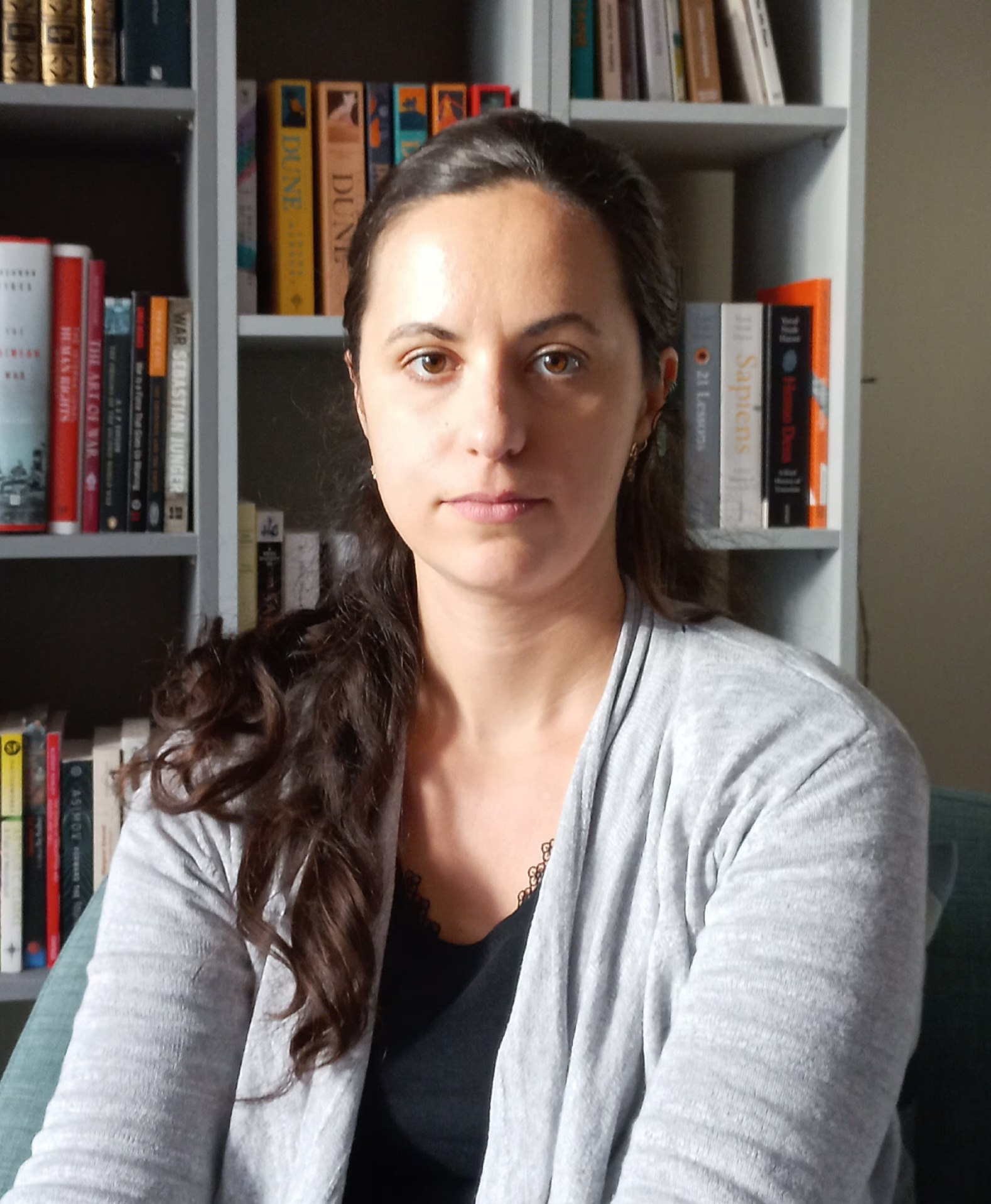

The Unseen Double Standard
The coffee industry is a $200+ billion global market, yet women remain disproportionately underrepresented in leadership, ownership, and trade negotiations. Studies show that while 70% of coffee labor is performed by women, depending on the region, only 20%–30% of coffee farms are owned and operated by women. Even fewer women operate at the buyer and trader level. The challenges women face in the coffee trade are not merely anecdotal. They are systemic.
One of the most glaring examples of this is the differential treatment women experience in negotiations. An anonymous Colombian green coffee exporter recalls being outright ignored by suppliers when she requested price quotes. “So, I had to partner with a man,” she says. “With him, sellers were willing to negotiate.” This workaround was the only way to access information and enter the market.
For those who do break into the space, microaggressions and constant doubt remain a daily reality. “The most frustrating part is the subtle atmospheres at events. I don’t think most men are consciously creating these dynamics, but they’re still very real,” says Elisabeth. “Just knowing it can have an impact is a weight in itself.”
Similarly, Casey recalls her early days as a roaster. “I suggested I be the head roaster. My boss smirked and said, ‘OK. Go out and move a bag of coffee. If you can do it, I’ll give you the job.’ Humiliating. But it gave me motivation. I didn’t stay long.”
She continues, “And mansplaining—all the time. Situations where you think, ‘If I were a guy, would you be saying this?’ I get it from all over; even my accountant, a man who knows nothing about coffee, tried to dissuade me from expanding into the U.S. market based on a quick Google search.”
The double standard is astounding. Emilie Coulombe, who oversees business development at Condesa Co.Lab in Australia, was told to remove the word “just” from her emails because she was told it was a “hedger”—polite, but not assertive, and hurting credibility. “The whole idea leans on the myth that if women just acted a little more like men, they’d succeed,” she says. “I never saw any men get pulled aside for this kind of language policing.”
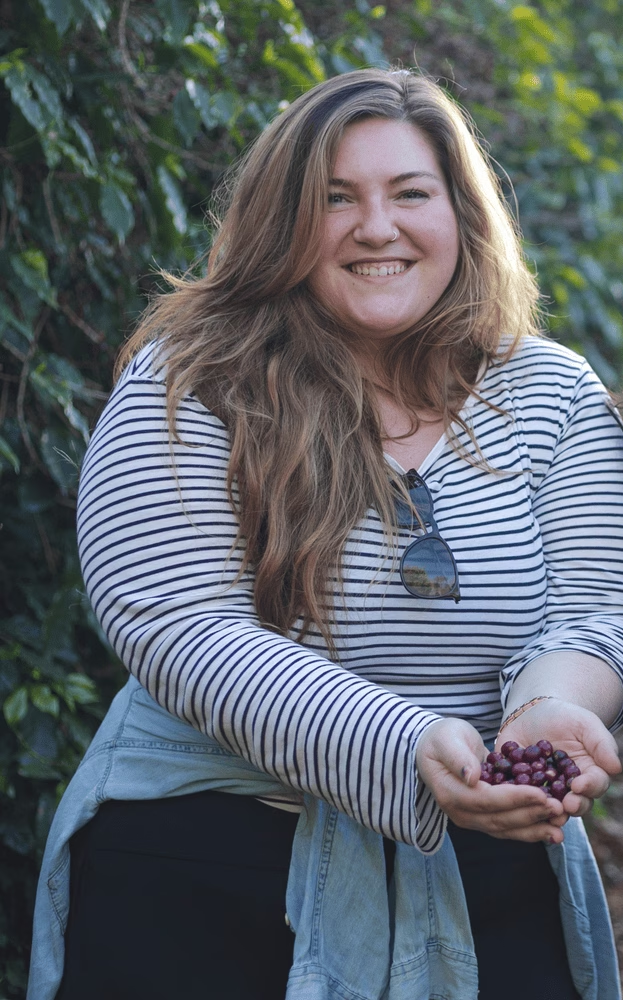


For others, the harm is taken further. Lina Maria Granados, executive director of the Colombian chapter of the International Women’s Coffee Association (IWCA) and a coffee grower and exporter, had the hardest time being taken seriously as a young woman on coffee farms. “They ignored my calls, failed to show up for meetings, and in many cases, the only way I could get them to take me seriously was by mentioning my father’s name. That was the only validation I had,” she says.
Caron Elizabeth Morgan, founder of Birdy’s Daughter in Canada, and a member of IWCA Jamaica, was actually threatened over a business deal. “A man told me, ‘I have people in Canada. I know where you live. I can send people to where you are.’ It was terrifying and I remember thinking, ‘He wouldn’t have said this to a man,’” she says.
The double standard isn’t clear-cut or consistent for women to call it out—it’s clever that way. The gender data gap that exists in our society, which Caroline Criado Perez so eloquently breaks down in her tour de force Invisible Women, does little to change that, and so it goes on. But it has undeniably frustrated, angered, despaired, or threatened most women in the coffee industry at some point in their careers.
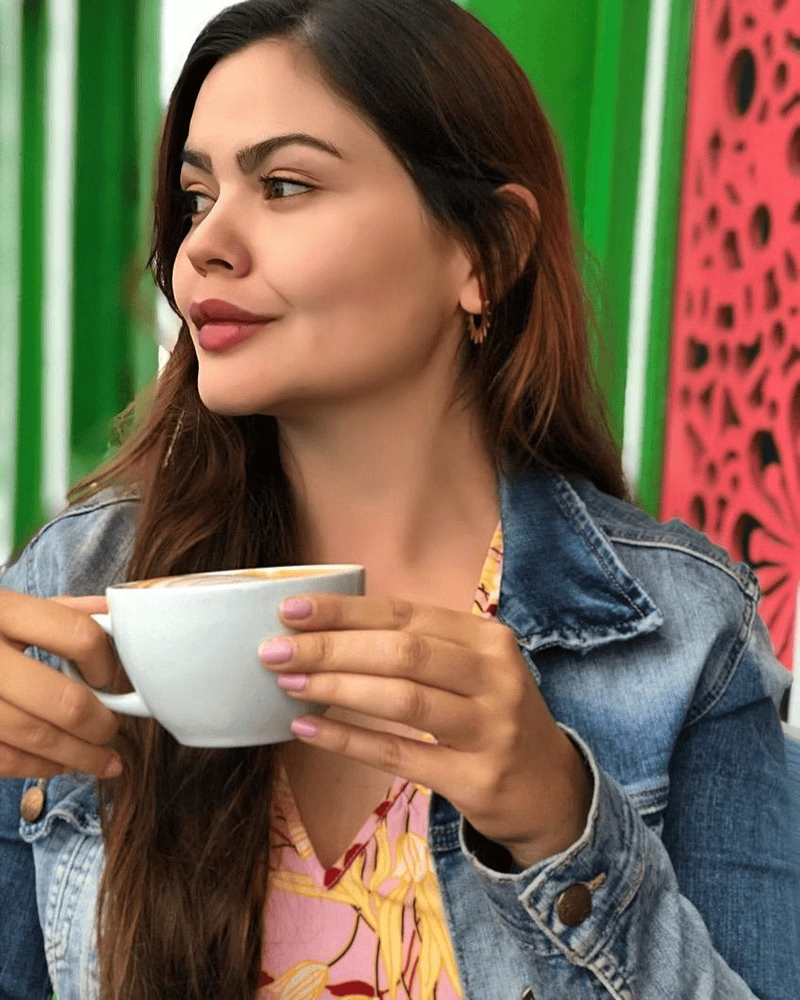


What We Don’t Talk About
If these issues are so pervasive, why aren’t more women speaking out? The answer lies in the culture of silencing and risk aversion that permeates the industry. Many fear that calling out discrimination will damage their careers or cost them business relationships.
When I first put out a call for testimonies on Instagram for this article, the response was overwhelming: likes, shares, DMs from women saying “this is so true” and “thank you for talking about this.” But when I followed up, asking if anyone would be willing to share their experience publicly, the enthusiasm evaporated. Only a handful of women came forward. The disparity between private agreement and public silence was telling; sexism in the green coffee trade isn’t just pervasive, it’s something women have been conditioned to endure quietly. It is embedded in the very fabric of the industry and dictates its dynamics.
During an origin trip, Casey and her team asked a group of women producers whether their interactions with male buyers differed. “After a few drinks, they got honest. With male buyers, it’s all about business. With us, they felt comfortable, so they didn’t try as hard. Women just aren’t taken as seriously,” she recalls. This mentality, whether conscious or unconscious, shapes how deals are made and who gets access to the best coffees.
Beyond industry attitudes, internalized expectations also play a role. Emilie recalls the moment she hesitated to apply for a green coffee trading role when she was a barista. “I came across a Harvard Business Review article: Men apply for jobs when they meet just 60% of the qualifications; women wait until they meet 100%,” she says. “I checked the listing again. I had 60%. If men would apply with that, why shouldn’t I?”
Her experience highlights the imposter syndrome and self-doubt that many women in the coffee trade must push through. But if they do, and succeed, the story doesn’t end there. When Lina won a national coffee competition, for example, she received rude calls from male coffee growers questioning why she had won and saying the merit should have gone to someone else.
Even family expectations play a role. Marilena Kouidou, president of IWCA Greece, shares how her father steered her away from coffee trading, despite growing up in a family of coffee traders. “When it was time to join the business, my father told me I was better suited to retail (and that) trading was for men. I was shocked,” she says. “Looking back, in the 1990s, how many women were in coffee trading? Too few.” The assumption that women are less suited to high-stakes trade still lingers today.
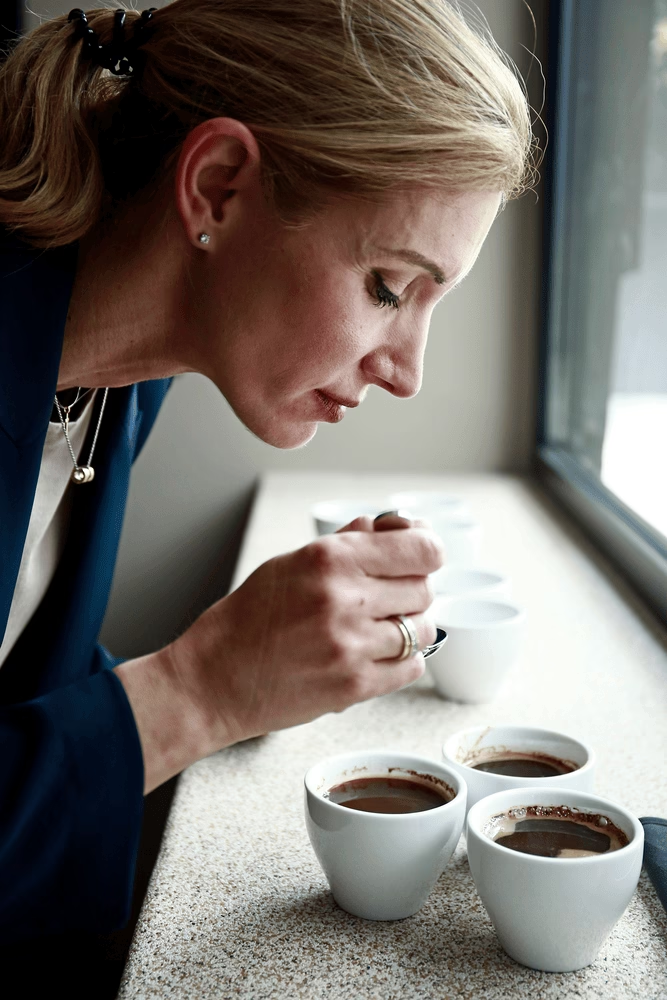


The cupping table is another revealing space. Public cuppings are meant to be silent, with tasting notes shared at the end. But Elisabeth’s experience is that men always speak loudly, dominating the discussion. “It took me years to realize I was actually good at cupping,” she says. “I had just been conditioned to doubt myself.”
Caron explains that women are often forced to absorb this masculine, aggressive energy—loud, pushy, forceful—especially when things don’t go their way. “Men don’t see it as aggression,” she says. “They call it enthusiasm or conviction. But calling it out? That alone shifts the dynamic.”
While there’s hardly a lack of examples, the experience of sexism or gender bias is far from universal. Many women report having no issues at all, something I admit feeling suspicious of when I hear it. Does this show an absence of sexism, or does it highlight that the behavior has become normalized and internalized? Either way, it demonstrates the complexity of experiences.
Sara Parish de Edward, co-owner of Torch Coffee Company in Guatemala, has worked in coffee for 12 years across the supply chain, in Spain as well. “I’ve always been treated with respect,” she says. “Even last week, at a dry mill surrounded by only male workers, I didn’t experience sexism. Many see Guatemala as a macho culture, but in my coffee career, that hasn’t been my reality.” Such reports are heartwarming, but the fact that they are so surprising is a telling sign of imbalance.
Navigating a System Not Built for Us
Women in the green coffee trade don’t just push through barriers; they develop strategies for survival so they can be taken seriously, or simply avoid burning out. Accepting male intermediaries, lowering their own expectations, overcompensating with more qualifications, more experience, or more proof of competence, dressing down, toning down—these are all examples of the lengths some women go to to even stay in the race … that is, if the exhaustion and frustration of constantly proving themselves doesn’t drive them out. Finding a workaround to solve gender-linked problems becomes second nature.
Irene M. Villavicencio, a fifth-generation coffee producer and commercial spokesperson for MAV Coffee in El Salvador, hid behind a logo for a long time in order to gain credibility. “For years, I signed emails as MAV Coffee. People responded. When I used my own name, they didn’t,” she says. “At the London Coffee Fair in 2021, I introduced myself to people I’d been emailing for years. They looked behind me, searching for the real decision-maker. That moment changed everything. I stopped hiding, started signing my own name, and made sure that when I sat at the table, they knew exactly who they were speaking to.”
Many women also adjust their behavior to be taken more seriously. “I tend to wear discreet heels at events or meetings, and I prefer quiet gatherings with just a few people; then I know I will have space to express myself,” shares Elisabeth. Meanwhile, Casey says she stopped downplaying her motherhood and began bringing her daughters to meetings. “They watched me negotiate with a client. I hope I’m setting an example, (that) you can do both, and do it well.”
While coping mechanisms are a go-to solution for women dealing with discrimination and double standards, a pattern emerges from these stories—one of self-awareness and transformation. Many of the women I interviewed are stepping into their power.
Marilena didn’t give up at “no.” She asked her father to send her to Italy for coffee trading training, and he did. “It was one of the most empowering experiences of my life,” she says. “I came back to Greece feeling stronger, more confident, and ready to take my place in the core business. Knowledge is power, and I made sure to use it.”
Being a woman in coffee doesn’t have to be a disadvantage, and many are turning this concept on its head. Irene has been leveraging her perspective to change her family’s business by hiring more women, adapting working conditions, and creating opportunities for women in coffee roasting. “If (women) see more women in leadership, they’ll feel more confident stepping up,” she says.
Caron has decided to use her femininity as an asset, bringing color, light, and strength to what she does. It’s still overall a space built by men for men, but not much can get in the way of determination and great leadership.
“When I started, there weren’t many women doing what I do,” says Lucy Ward, head of operations and sourcing at ST. ALi Coffee in Australia. “Throughout my career, I have been given the opportunity to stand on the shoulders of giants like Nolan Hirte, Andrew Hetzel, Salvatore Malatesta, and countless other men who have challenged, pushed, and inspired me to be the best I can. However, many great women play a pivotal role in this as well, notable figures including the brilliant Trish Rothgeb, unrivaled Aida Battle, and remarkable Rachel Peterson.” It’s a reminder of the power of example.
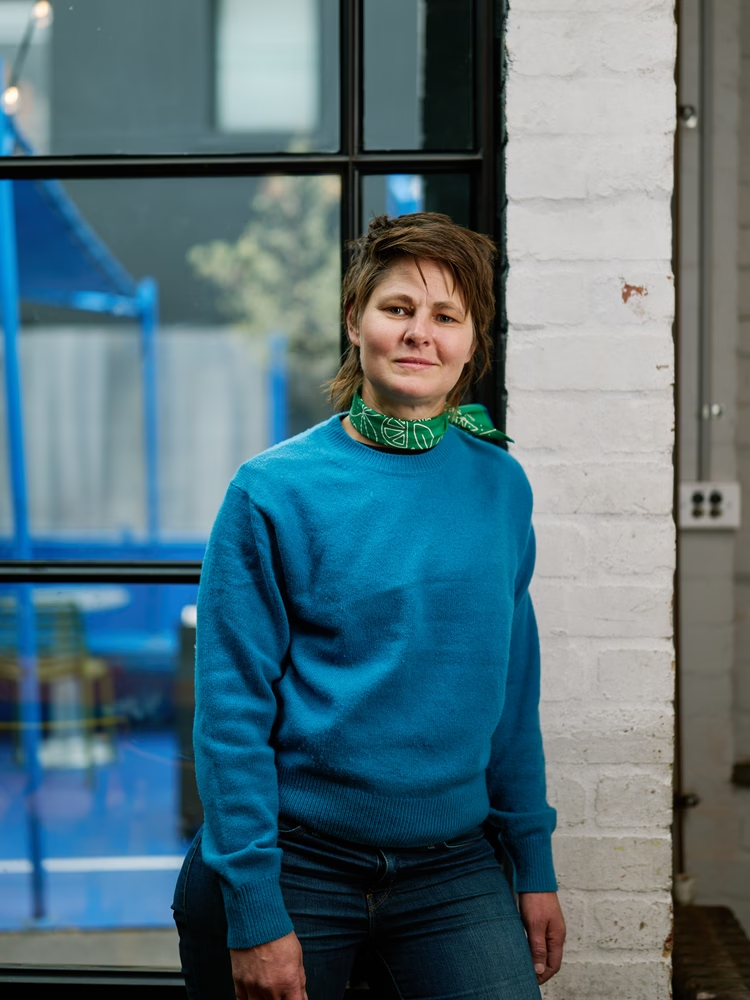


Where Do We Go from Here?
Women in the green coffee trade space exist within a system that wasn’t built for them. They face scrutiny, exclusion, and constant hurdles, yet continue to push forward. The road to change requires more than just women working twice as hard; it demands systemic shifts in leadership, supplier transparency, and allyship. The current political climate is a stark reminder of what is at stake and of the importance of cultivating respectful and dedicated communities that hold each other accountable.
The future of the coffee trade should not rely on workarounds and perseverance alone. Women deserve an industry that recognizes them not as exceptions, not even as equals, necessarily, but as a force to be leveraged and listened to.
“I really think women excel at humanizing the industry,” says Lucy. “We tread softer and take a bigger-picture approach.”
This article originally appeared in the August + September 2025 issue of Barista Magazine. Read more of the issue online here for free.
ABOUT THE AUTHOR
Sarah Charles (she/her) is a senior editor and writer who makes sense of the world’s messiest systems—climate, trade, culture, food—through sharp storytelling, fresh angles, and analysis. She translates global politics and economics into stories that show how they shape our daily lives, and vice versa. You can reach her at sarahcharlz@gmail.com.
Subscribe and More!
As always, you can read Barista Magazine in paper by subscribing or ordering an issue.
Read the October + November 2025 Issue for free with our digital edition.
For free access to more than five years’ worth of issues, visit our digital edition archives here.
Source: Barista Magazine



